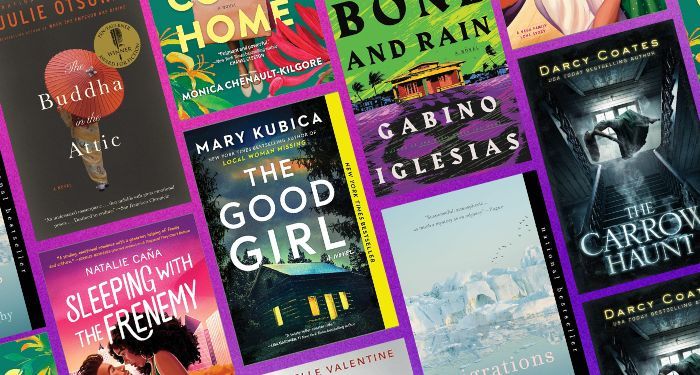SHOOTING THE BREEZE


Little received his first camera from his father when he was 9 years old. With that serendipitous gift, he embarked on an impressive career as a photojournalist that spanned 40 years. He largely worked for Time, Incorporated and was given the opportunity to photograph everything and everyone—Cary Grant, the Rolling Stones, presidents, and Playboy bunnies. His favorite genre was portraiture, with his preferred subjects being writers. This is unsurprising since his father was a newspaper columnist and his mother a playwright: “Authors are my favorite subjects. Before an assignment, if I haven’t already, I try to read at least one of their books. It makes for more interesting conversation. And, let’s face it, photographers aren’t always held in the highest esteem. Writers often find it challenging to conceal their surprise that I am one of their readers.” This insightfully candid and self-effacing observation typifies the intriguing memoir, one brimming with beautiful photographs. Little didn’t only shoot celebrities—he also captured wildlife in Africa and the war-torn streets of Belfast at the height of the Troubles. Nothing about Little’s career was pedestrian; even the nuptials he worked—for instance, Arnold Schwarzenegger and Maria Shriver’s wedding—were momentous.
The author shares two parallel stories: the arc of his professional life as well as his personal one, told in a nonlinear fashion. He breaks his life into thematic packets of photos—for example, some organized around smoking subjects and others around pets. Little reflects briefly but profoundly on the era itself—he largely worked during the 1970s, ’80s, and ’90s, a time he considers a “golden age for freelance photojournalists,” when they were given generous budgets and “treated like little gods.” Eventually, this era was superseded by one considerably less hospitable to the industry—tightened budgets, the rise of the internet, and other factors led to this gilded age’s demise (The “magical, jolly ride was over”). The author conveys this vivid reflection without a hint of resentment. In fact, he is relentlessly grateful for his “front seat to history”: “With all that said, am I bitter? Quite the opposite. Mostly, I feel lucky that the accident of my birth date put me in the midst of the let-the-good-times-roll era of photojournalism.” This is not an edgy exposé digging up dirt on luminaries—Little is a professional of an older variety, a consummate gentleman who admiringly describes all of his subjects. Even David Letterman, who suddenly turned sour on the author for reasons unknown, is largely portrayed favorably. Nonetheless, this does not mean Little’s account is banal; quite the contrary, this is a compelling rendering of celebrities, a vanished age, and a career that, as the author acknowledges, couldn’t possibly occur today. Even if Little did not provide such a charmingly thoughtful commentary, the striking photos he reproduces here would make the book extremely worthwhile.
Read the original article here






